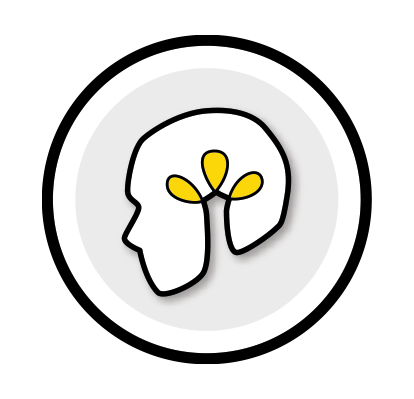The Two-Tier Model of Strategic AI-Enhanced Development
The transition to Strategic AI-Enhanced Development can be visualized as a two-tier model that builds upon traditional development practices. This model provides a framework for implementing the third-party perspective—the ability to view your entire project as content to be orchestrated rather than code to be written line by line:
Tier 1: Baseline Development Activities
This is where most organizations operate today: - Code is written and committed (features, bug fixes, refactoring) - Reviews, tests, and CI/CD processes are performed - Tickets are handled in project management systems - Agile ceremonies like sprints and standups are conducted
Most organizations operate primarily at this level, where developers spend the majority of their time and where all the raw signals for improvement are created.
Tier 2: Strategic AI Layer
This is where organizations gain significant competitive advantage:
- Insight Generation: AI tools analyze codebases, test coverage, and technical signals to discover issues or opportunities invisible in daily work
- Human Interpretation: Developers and leads evaluate insights in the context of business goals and known pain points
- Contextual Analysis: AI agents correlate code, Git, and project management activity to detect trends across systems
- Strategic Decisions & Actions: Improvements are planned or automated at scale
The complete model can be visualized as:
[4] Strategic Decisions & Actions
↑
[3] Contextual Analysis
↑
[2] Human Interpretation
↑
[1] Insight Generation
↑
————————————————————————
Tier 1: Baseline Development Activities
This model makes it clear that Strategic AI-Enhanced Development sits on top of, and is powered by, everyday development work—but brings a second layer of intelligence to optimize how teams work and what they prioritize.
Moving from Tier 1 to Tier 2 represents the core transformation that this guide helps organizations achieve. This transition is fundamentally about adopting the third-party perspective—stepping back from being embedded within the code to viewing the entire project as content that can be analyzed, questioned, and transformed as a cohesive whole. In Tier 1, developers are "in the code," writing individual functions and files. In Tier 2, they adopt an overview perspective, orchestrating system-wide transformations through high-level directives.
Implementing the Two-Tier Model
Moving from Tier 1 to Tier 2
Most organizations already have established Tier 1 practices. The key to successful implementation of Strategic AI-Enhanced Development is building the Tier 2 capabilities on top of this foundation:
- Start with Insight Generation: Implement tools that can analyze codebases and development patterns
- Develop Human Interpretation Skills: Train teams to evaluate AI-generated insights effectively
- Build Contextual Analysis Capabilities: Connect different data sources (code, Git, project management)
- Establish Decision & Action Frameworks: Create processes for implementing strategic improvements
Integration Between Tiers
The two tiers are not separate but deeply integrated:
- Tier 1 activities generate the data that powers Tier 2 insights
- Tier 2 decisions improve the efficiency and effectiveness of Tier 1 activities
- The cycle creates continuous improvement over time
